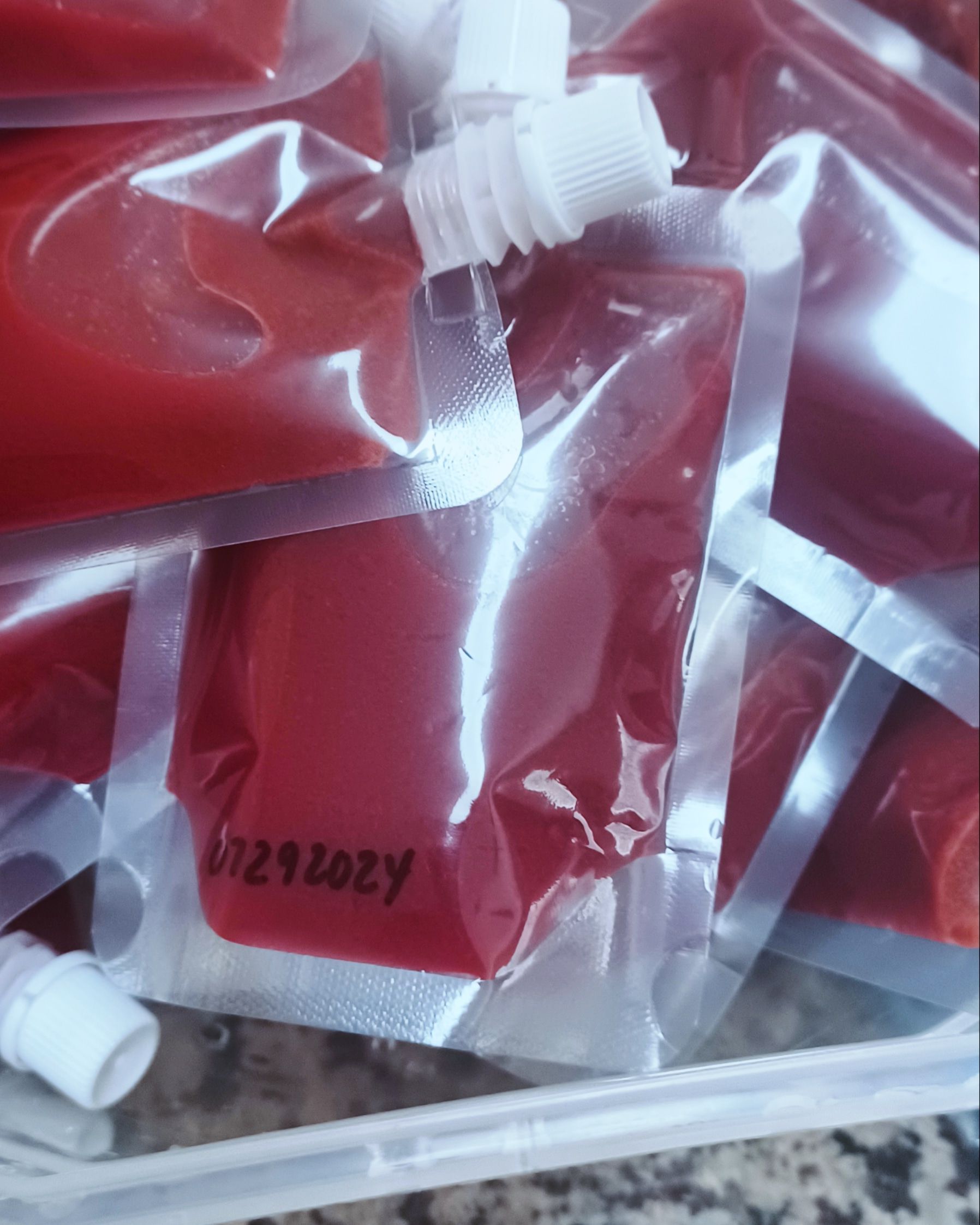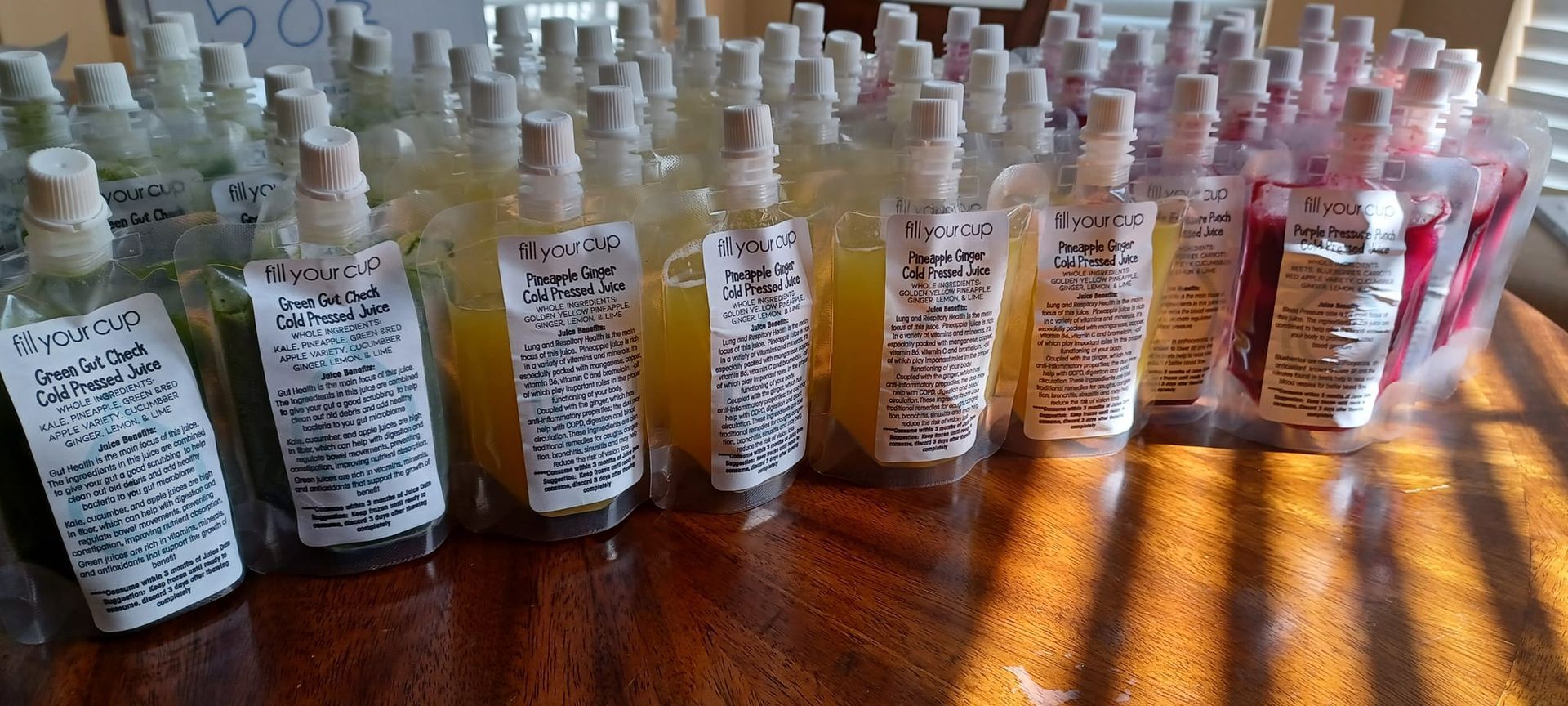The Science Behind Juicing
Juicing is one of the quickest growing and most popular health trends. We know that fresh vegetables and fruits are necessary to our health. They contain the vitamins and enzymes that our bodies need to thrive.
Why Our Diet Is Lacking
Fresh juice is an excellent way to counteract our nutrition-challenged Western diet. Processed sugars and flours, unhealthy fats and cholesterol-laden foods have turned our once-healthy bodies into weak shadows of their former selves. Instead of sustaining our health, our modern diet is increasing our vulnerability to diseases and is depleting us of needed energy.
When you add lack of exercise and environmental toxins to the equation, juicing certainly provides a much-needed weapon against today’s lifestyle.
Fresh vegetables and fruits can help get our health back on track. They should be the mainstay of our diet, enjoyed in different ways each day. We can all benefit from increasing our intake of fresh produce.
The good news is that juicing provides us with concentrated wholesomeness. We get more health benefits in a glass of juice than we could possibly get by eating an apple or orange. What is not immediately evident is that juicing our produce robs them – and us – off the fibers we need to stay healthy.
Nature intended for us to bite into its rich bounty. Juicing removes fiber from produce. In effect, it separates all those glorious vitamins and antioxidants from the fiber. And fiber is an important part of a healthy diet.
The Importance of Fiber
Nature packages the energy and nutrients in fresh foods with fiber.
Fiber plays many important roles in our health:
What role does fiber play in our health? Quite an important one, as it turns out.
- Fiber removes toxic waste from our colon.
- It keeps cholesterol from getting into our bloodstream
- It makes us feel full after eating, thus helping us eat less and lose weight.
- It slows down sugar absorption into our bloodstream, a serious problem for pre-diabetics or diabetics.
- It improves overall digestive functions.
So, fruits, vegetables and fiber are all a good thing, but juicing separates them. As a juicer pulverizes the produce into a contracted juice, it strips away much of the fiber. In a way, a juicer can “process” produce in much the same way processed foods have their nutrients removed. Which means the juicer is processing the food instead of our own digestive system. However, our body absorbs nutrients a lot faster without the contained fiber.
Fruit juice, of course, contains fructose, a natural sugar. However, our body can’t distinguish between natural and unnatural sugars, so a constant craving for sweet juice can actually lead to weight gain instead of weight loss.
There is no denying that juices provide nutrient-dense calories that our body craves. That’s why juicing is so beneficial. It especially lets us enjoy the benefits of healthy vegetables we otherwise might not touch.
For instance, you may not enjoy the taste of kale or spinach, and, thus avoid eating these important vegetables. However, when they are juiced along with other ingredients, you derive the benefit of these power-foods in a very pleasant way. Blending different fruits and vegetables is very much a part of juicing.
However, unless you are doing a short-term cleanse (we will be discussing cleanses in another chapter), be aware that juicing should become a part of a healthier, more robust, lifestyle. It should not replace every meal for any length of time. It’s one of the best ways of getting all the nutrition we need for maximum health and energy.
For example, 2 cups of carrot juice (very doable) has the nutritional equivalence of eight pounds of carrots. You surely don’t want to eat those eight pounds of carrots in one sitting, whereas you can enjoy two cups easily.
However, you still need fiber when you’re juicing. That means that, along with juicing, you should be eating foods high in fiber, such as whole, fresh fruits and vegetables, oatmeal, and legumes such as lentils, and beans. These foods are the perfect complement to your juicing diet.
Juicing is wonderful when used as a “fast food,” a quick, very potent and nutritious meal.

